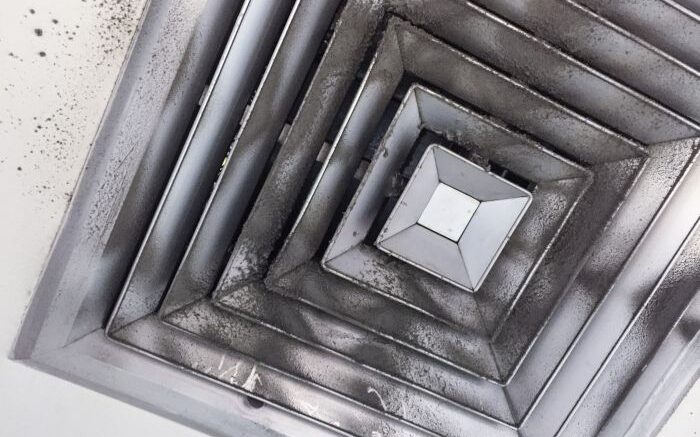A group of researchers is suggesting that governments should require real-time monitoring of the air quality inside public buildings, to help control the spread of COVID-19. Their editorial was published in the journal Building Simulation on April 25, 2023.
The COVID-19 pandemic caused by the SARS-CoV-2 virus has shown that indoor air quality is a problem worldwide. Vaccines alone have not stopped the spread of the virus, and it still poses a threat to human health. Most transmission of the virus happens indoors in poorly ventilated spaces. The researchers wrote the editorial calling for better ventilation in buildings around the world because millions of people have died due to the virus and many more continue to be infected.
The researchers noted that it has been two years since it was officially recognized that SARS-CoV-2 spreads through the air, and although some attempts have been made to improve building ventilation, there has been no significant improvement. However, some governments, such as the U.S. and Hong Kong SAR, have taken steps to address the issue. The US government issued a challenge to improve air quality in buildings, while Hong Kong SAR implemented a policy that requires better ventilation in restaurants.
Yuguo Li, a professor at the University of Hong Kong, stated that if building ventilation is not improved globally, poorly ventilated buildings will remain common, and the airborne transmission of SARS-CoV-2 will continue. This means that if another highly contagious respiratory virus emerges in the future, there is a likelihood of another pandemic occurring.
The researchers point out that there are more than one billion indoor spaces worldwide, and it is difficult to identify which ones have poor ventilation. Simply knowing that SARS-CoV-2 is airborne is not enough to make meaningful improvements to ventilation. Technology is needed to identify which areas need ventilation improvements. Furthermore, any improvements must also be energy efficient to address climate change.
Humans can detect temperature but not a building's ventilation performance, which is a key component of building energy performance. Additionally, humans cannot detect air pollutants, such as infection aerosols, which contribute to the global indoor air crisis. This lack of detection tools for air pollutants is a significant issue, according to the researchers.
The researchers suggest that it is important for governments to make it mandatory for building owners to monitor their buildings' ventilation performance. They also believe that real-time hourly monitoring is necessary to determine the ventilation performance of buildings, and that monthly or annual data is not sufficient. However, they acknowledge that it may not be feasible to conduct real-time hourly monitoring for all indoor spaces, given that there are over a billion homes and hundreds of millions of other indoor spaces worldwide.
Improving building ventilation is a difficult task, but if enough ventilation data is available, predictive tools can be used to assess the ventilation performance of buildings. With the help of Internet of Things technologies and machine learning approaches, good quality real-time data can be collected from indoor spaces. The researchers are optimistic that future innovations will lead to economic monitoring and predictive tools that can help determine the ventilation performance of the billions of indoor spaces around the world.
The authors of this editorial are Yuguo Li, Pan Cheng, Ao Li, and Wei Jia from the Department of Mechanical Engineering, The University of Hong Kong; Li Liu from the School of Architecture, Tsinghua University; and Nan Zhang from the Beijing Key Laboratory of Green Built Environment and Energy Efficient Technology, Beijing University of Technology.
Source: Tsinghua University Press
